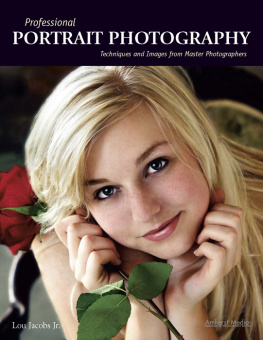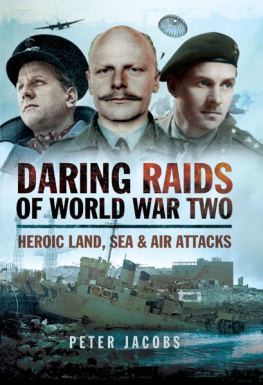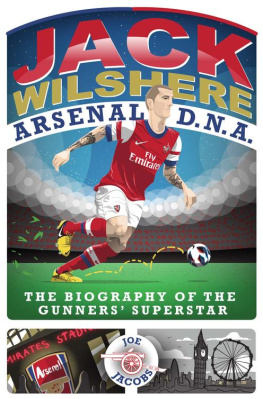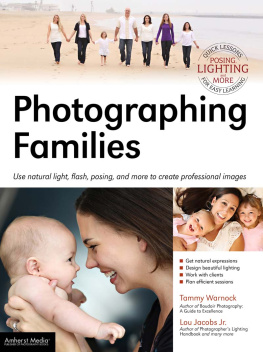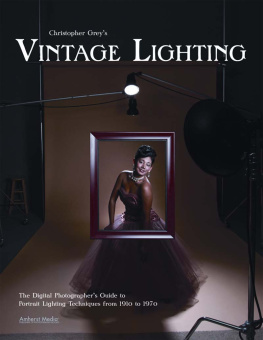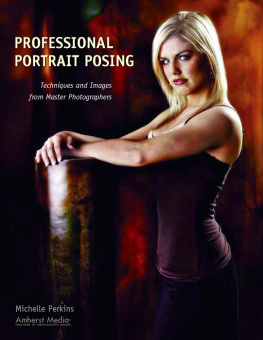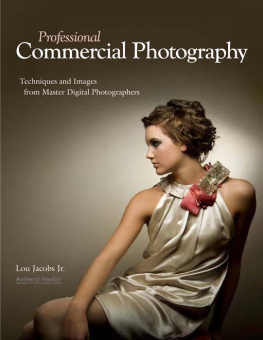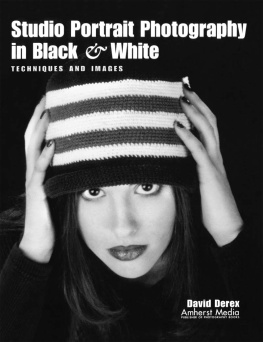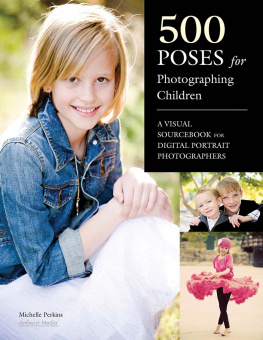Copyright 2008 by Lou Jacobs Jr.
All rights reserved.
Front cover photo by Frank Frost.
Back cover photo by Chris Nelson.
Published by:
Amherst Media, Inc.
P.O. Box 586
Buffalo, N.Y. 14226
Fax: 716-874-4508
www.AmherstMedia.com
Publisher: Craig Alesse
Senior Editor/Production Manager: Michelle Perkins
Assistant Editor: Barbara A. Lynch-Johnt
Editorial Assistance: Carey Maines and John S. Loder
ISBN-13: 978-1-58428-229-7
Library of Congress Control Number: 2007942649
Printed in Korea.
10 9 8 7 6 5 4 3 2 1
No part of this publication may be reproduced, stored, or transmitted in any form or by any means, electronic, mechanical, photocopied, recorded or otherwise, without prior written consent from the publisher.
Notice of Disclaimer: The information contained in this book is based on the authors experience and opinions. The author and publisher will not be held liable for the use or misuse of the information in this book.
INTRODUCTION
O ne of the first historic photographs on record is a time-exposed French street scene created in 1839. In the years that followed, imaging art and techniques quickly improved. A photograph I recall vividly is a group portrait of Lincoln and his generals, created by Mathew Brady, who operated a popular portrait studio in Washington, DC, in the 1860s. Professional portraits became more popular via daguerreotypes and tin-types. Poses required exposures of up to a minute. Glass plates were faster, but the processing required was clumsy. You may recall some of the portraits by prominent photographers of the 19th and early 20th century, including Julia Margaret Cameron, Alfred Stieglitz, Edward Steichen, August Sander, and George Hurrell.
In 1889, George Eastman introduced roll film, 100 exposures in a box camera that was sent to the factory for processing and reloading. The public began taking thousands of snapshots. Professionals graduated to sheet film and roll film. By the mid-20th century, portrait studios had sprung up everywhere to offer visual memories of children, families, and friends. Todays digital capture has made photography even more versatile. Portraiture was and still is a gratifying way to make a living.

Fine Portraiture
Like lasagna, not all portraits are created equally. Ive ordered lasagna in restaurants from Florence, Italy, to San Francisco, CA, and each had its own flavor. Portraits may also have individual characteristics in todays market. As the images in this book show, the success of an image is largely due to individual tastes, talent, and techniques. A photographers personality can also influence the aesthetic quality of portraits. Every photographer interviewed for this book agrees.
About Portrait Style
Snapshot portraits are mostly forgettable, though some amateur images can be terrific. However, professionals cant depend on happy accidents. We inspire expressions and moods, modulate lighting, and adjust composition as we chat with our subjects. A professional photographer can create magic in portraits that clients happily pay for.
Portrait style is hard to define but easier to recognize. Its a mixture of creative seeing, artful lighting, a precise sense of timing, a good instinct for posing, and an attitude that strives to bring out the best in people. Mood is also created by lighting and expressions.
Its worth being influenced by portrait work you like in this book and everywhere you see it. Your own style can evolve to please clients and make you proud of producing fine portraits.
Movie Style. Director Ingmar Bergman said of Sven Nykvist, a great cinematographer, He has been an inspiration for his natural, simple style of lighting. His work is extremely subtle. We were both utterly captivated by the problems of light. A Los Angeles Times editorial added, Nykvist was a believer in the power of faces, often zooming in for intense close-ups (Death of a Swedish Realist, Los Angeles Times, September 22, 2006: B12). Nykvist won Oscars for JFK and The Aviator, and also photographed Sleepless in Seattle.
Study cinema faces and magazine portraits. Decide if the photographer showed character as well as beauty. Experiment with friends who model for you, or use a mannequin. You will make discoveries that help you please more clients and increase profits.
Style is elusive. I often argue with myself and others about individual portrait styles. I feel that many successful professionals do not have recognizable pictorial styles, but they prosper. So does style matter? Yes, because if it emerges, it helps you develop portrait individuality. People skills also impact photographic style, as do handsome prints that generate repeat business. Success may not bring you a yacht, but it keeps your studio looking sharp and fuels your creativity.

Why We Take Portraits
Portraits are made to please clients, relatives, friends, editors, advertising art directors, curators, and potential lovers. The portrait business is a stimulating way to make a living. Fine portraiture is a challenging form of creativity. People save your prints for generations to come, so be sure to put your name on your portraits.
Portrait Techniques
You and your clients should be a comfortable team for success. Anticipate how to make a subject look terrific, because or in spite of their personality, age, and appearance. Subtle or significant variations can be captured with slight changes in a pose, a camera angle, and/or lighting. Jane Browns portrait style evolves from clever ways to avoid using flash. She photographs celebrities for an English Sunday newspaper, almost all on location. Jane favors staircase settings because subjects can be placed above or below the camera, walls are usually plain, and window lighting is available. She shoots in a lot of gardens, too, and as is evident in her fascinating book, Faces (Collins and Brown, 2000), she charms her subjects.
Offbeat Portraiture
Beautiful people are not guaranteed. Though photogenic faces are always welcome, plain ones are often a challenge. Soft lighting, careful angles, and artful poses are cool solutions. Involve the handsome or the homely and you will reap rewards. Vary posing, lighting, or background options to increase your odds of photographic success. Offbeat subjects can amaze you.
Richard Avedon enjoyed a recognizable photographic style. He was an artist who often shot stark portraits of people staring pensively into the lens. He once took a white photo tent and an assistant on a trip around the United States, photographing often grim-faced subjects. I feel some of his images are depressing and static, but they are also riveting.
Celebrity shooter Annie Leibovitz has had a notable portrait career. Remember her pictures of a naked John Lennon curled around Yoko Ono? Or Demi Moore, nude and pregnant on the cover of Vanity Fair? You will find these and more in her book, A Photographers Life: 19801995 (Random House, 2006). Annie has a notable style and a flair for capturing subjects with humorous or offbeat attitudes.
Its healthy to seek the unconventional for print exhibitions and for some types of clients, to expand your vision. But beware of offbeat portraits made primarily to attract attention. I call them leg-pull art.
Next page
